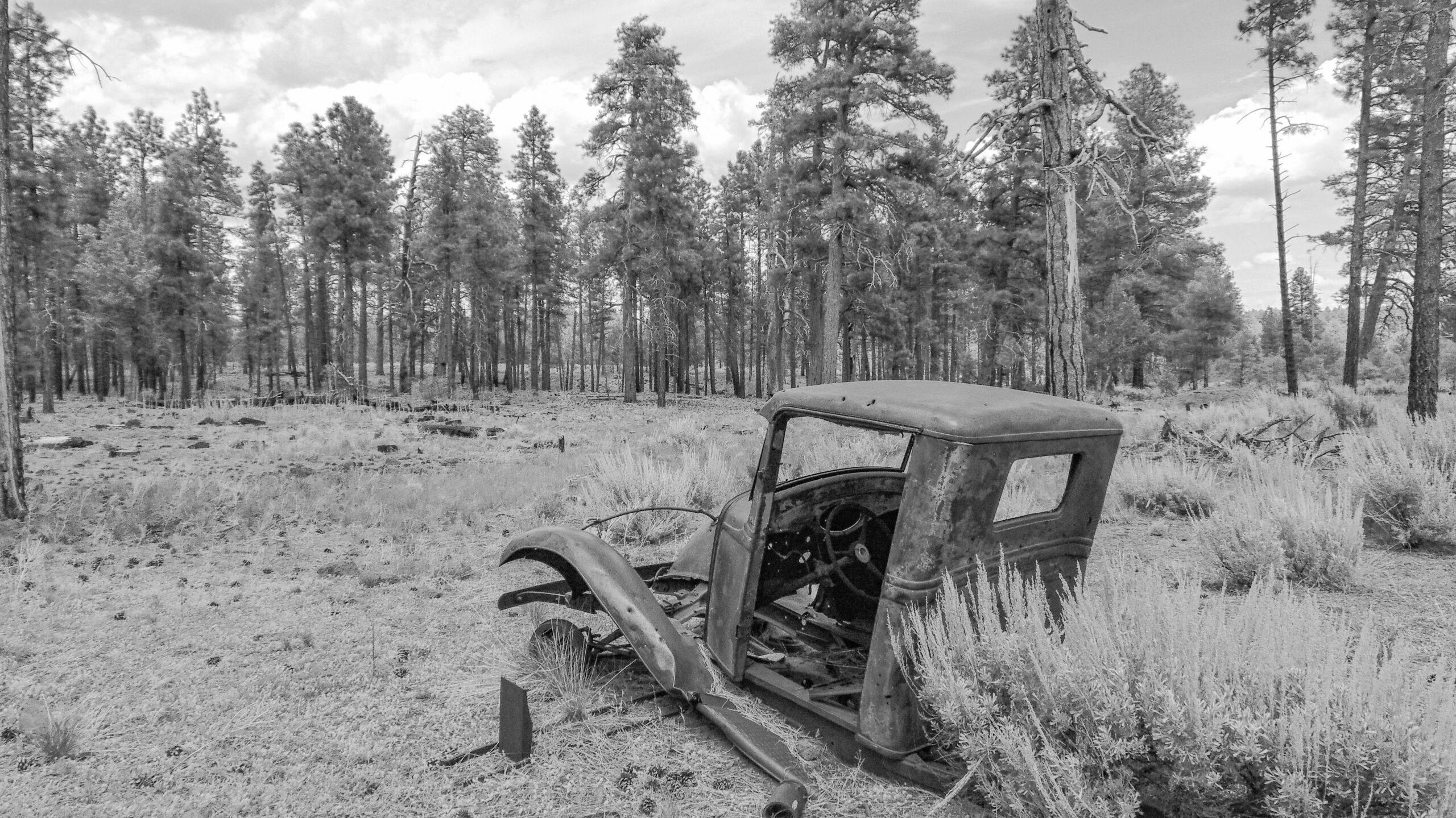What is Revised Statue 2477?
It’s Your Fundamental Right-To-Way on public lands.
Revised Statute 2477 is a historical land grant passed by the U.S. Congress in the Mining Act of 1866. It granted the right of way to all U.S. citizens for constructing highways over public lands that were not reserved for public use. Enacted as Section 8 of the Mining Act of 1866, it remained in effect until its repeal in October of 1976. RS 2477 was among several self executing land grants that played a pivotal role in settling the western United States and is responsible for establishing interstate, state, county, and city road systems. It also facilitated the construction of forest roads, mining roads, canals, ditches, and other essential access routes that are still in use today.
Once constructed, RS 2477 rights of way became governed by state law which determines the scope, extent, abandonment, maintenance, and use. Continued use constituted acceptance of the grant offered by Congress.
“The right of way for the construction of highways over public land, not reserved for public use, is hereby granted.”
“The Right-Of-Way”
The Revised Statute 2477 Right of Way is a property right granted by the U.S. Congress in 1866. It recognizes the fundamental right to travel across unclaimed land of the public domain. As part of the Mining Act of 1866, it authorized the construction of roads, trails, bridges, canals, railroads, and other identifiable pathways collectively referred to as “highways.”
“For The Construction of Highways”
An RS 2477 highway was established through repeated use of the same path over the land until a visible route was formed. Courts have determined that animal trails, footpaths, bridleways, and other recognizable routes fall under the term “highway” and qualify as RS 2477 rights-of-way.
“Over Public Land, Not Reserved For Public Use”
The RS 2477 right-of-way had to be constructed on public lands that were not reserved for other public uses or claimed under homestead or mining laws. The construction of an RS 2477 right-of-way needed to commence before the land was withdrawn from public entry.
“Is Hereby Granted”
RS 2477 was a self-executing grant authorized with the passage of the Mining Act of 1866. It did not require any formal authorization, documentation, or recognition to construct a road on public lands.
How is Revised Statute 2477 a property right?
Rights are reserved in the inherent nature of a Right-Of-Way.
Since the beginning of time, rights-of-way have been considered public spaces and are fundamental to the public forum. They are among several places where individuals cannot be trespassed without committing a crime and have an unalienable right to free speech and communication. Rights-of-way facilitate parading, protesting, dissemination of information, exploration, commerce, news gathering, and the multiple-use doctrine.
RS 2477 rights-of-way contain a bundle of rights, including the right to use, the right to maintain, and the right to improve. These rights are reserved for the states and their citizens. The scope of these rights covers a width specified by state law and includes all things that facilitate the use of the right-of-way. This may include roadside pull-offs, bridges, drainage ditches, culverts, and the like.
The Blacks Law Dictionary defines a Right-Of-Way as the following:
“The right of passage or of way is a servitude imposed by law or by convention, and by virtue of which one has a right to pass on foot, or horseback, or in a vehicle, to drive beasts of burden or carts, through the estate of another.”

